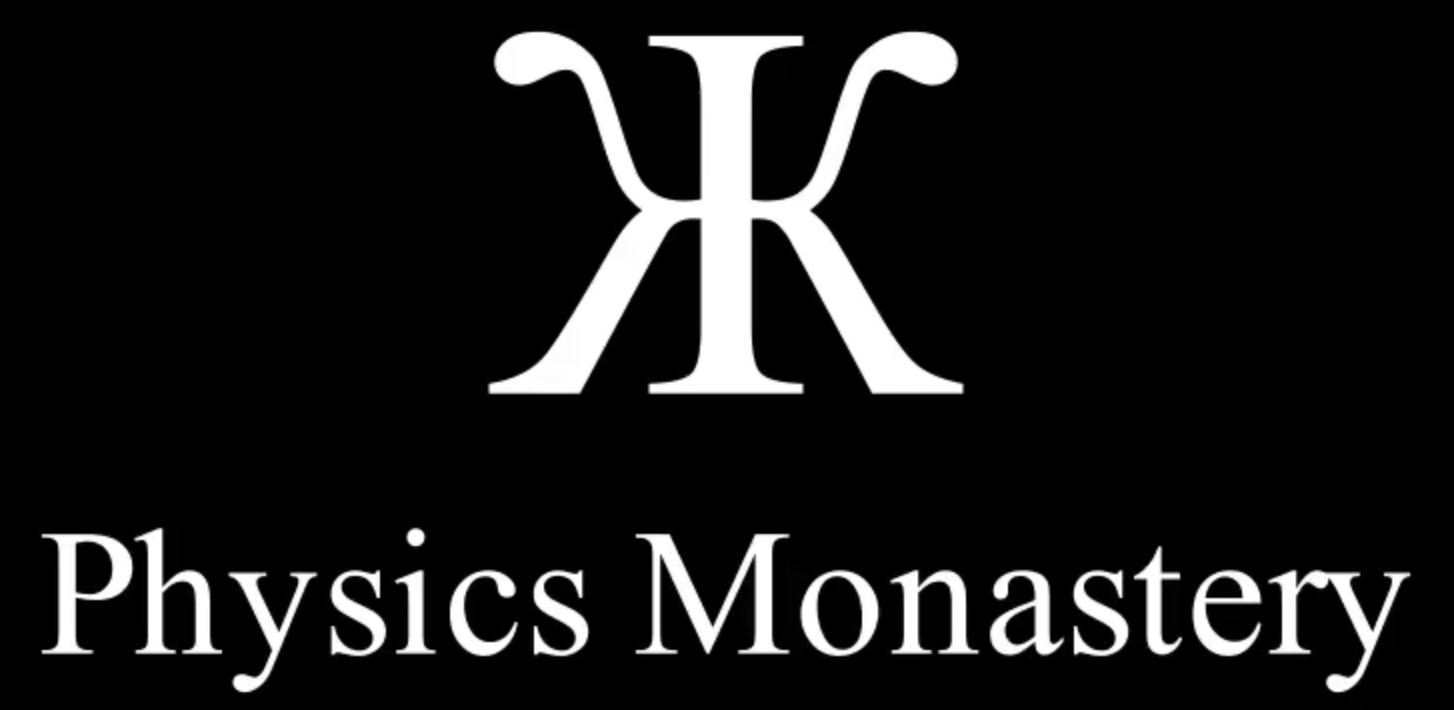the hyperbolic partition equation
The hyperbolic partition equation encodes how the two-layer system coherently partitions within its mass gap—the normalized Planck mass. It's 4 solutions ,
,
and
define the hyperbolic partition constants—which possess the following product, sum and quadrance (sum of squares).
The first of those quadrance parts is the fine structure constant .
In polar coordinates and
are expressed as
and
, where:
Vieta relations: ,
,
and
.
